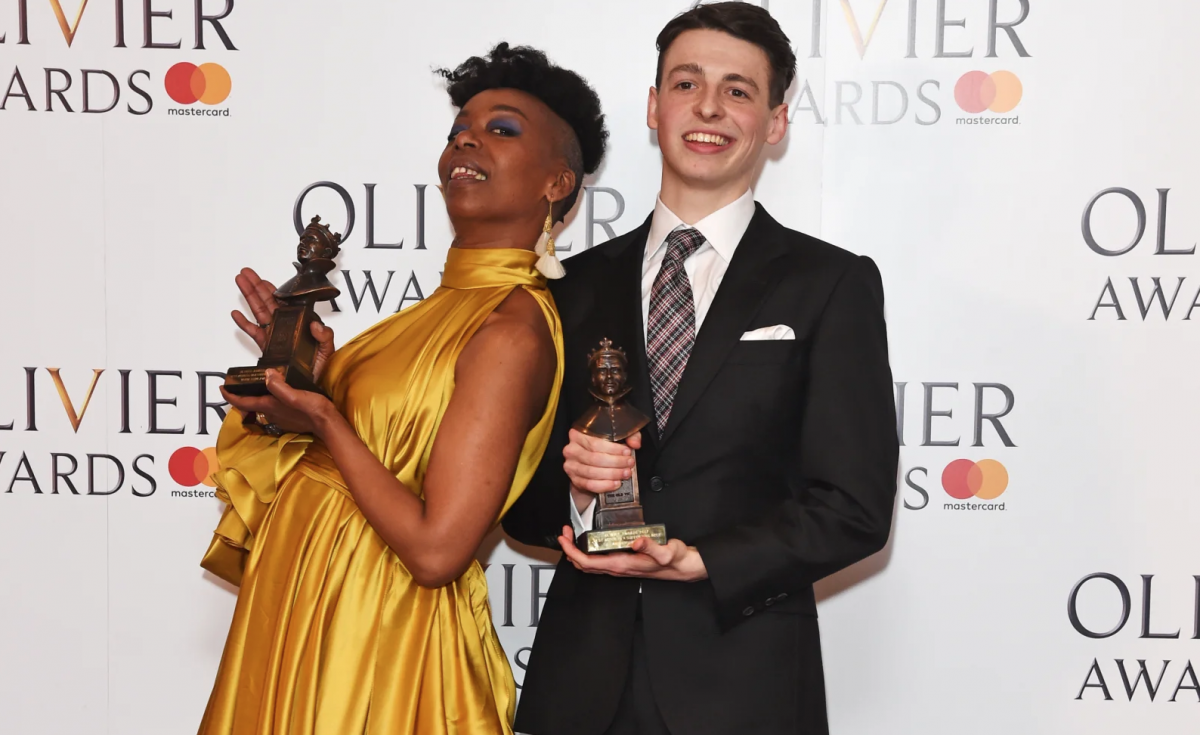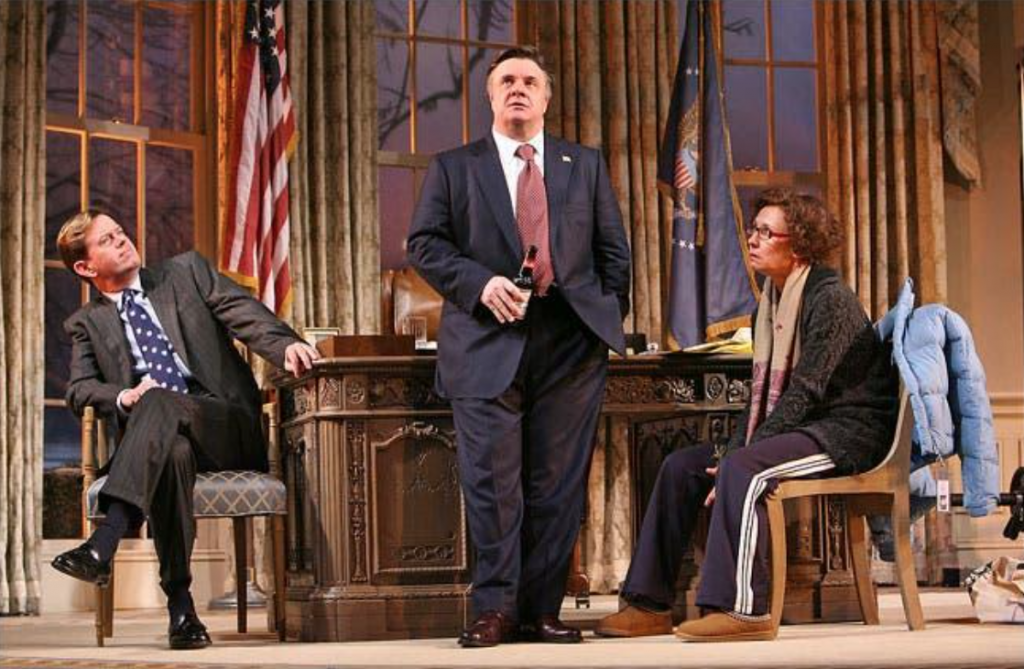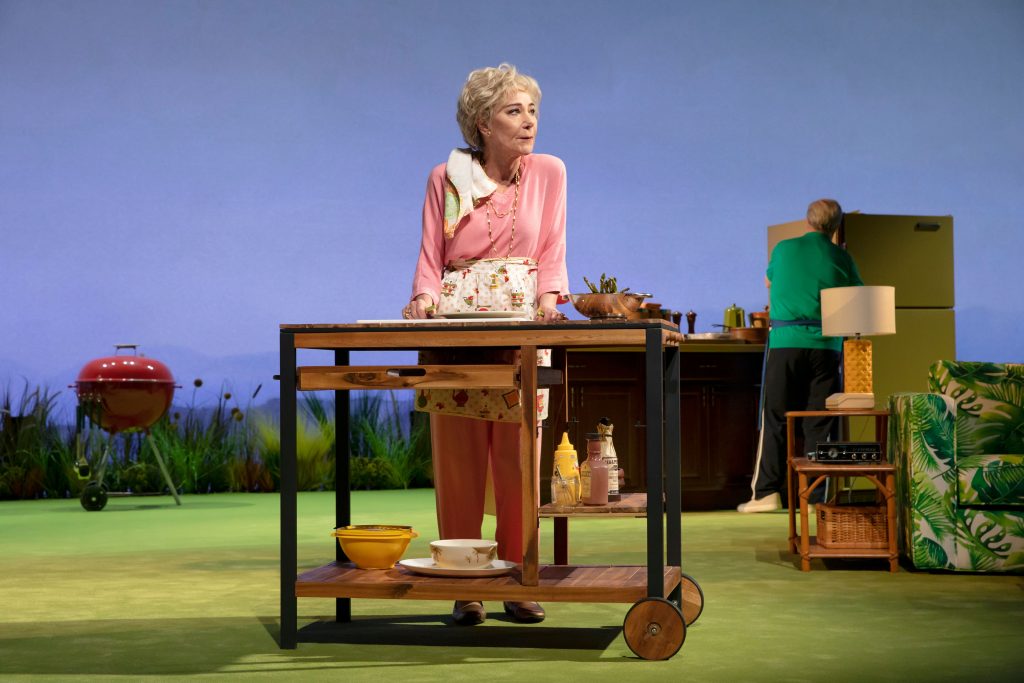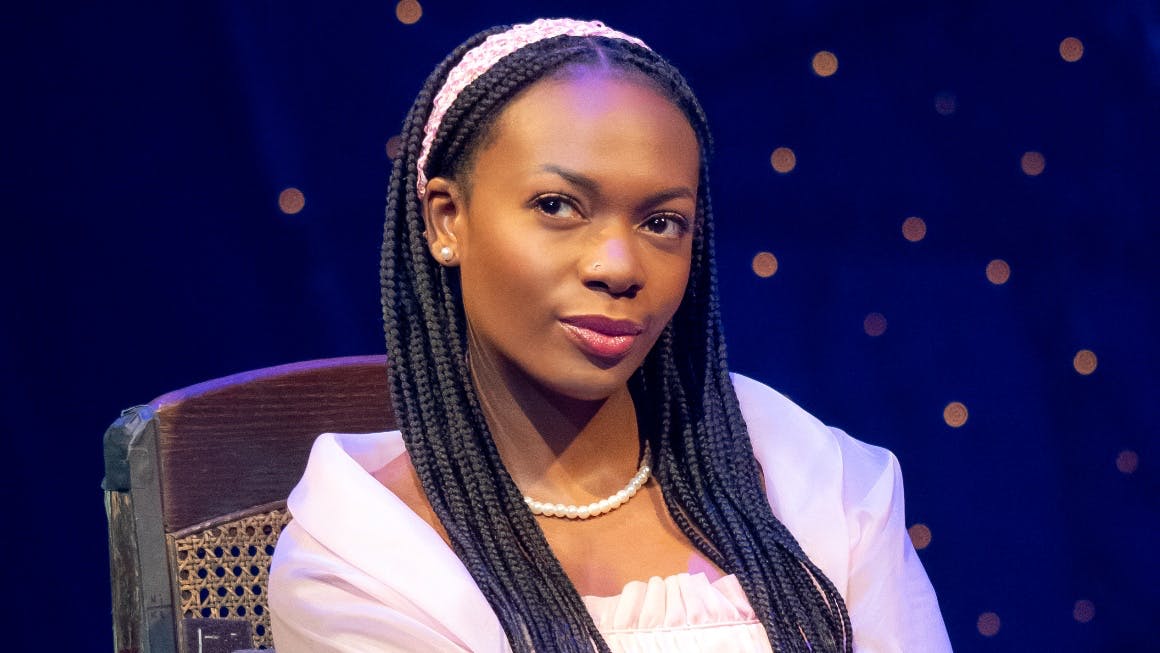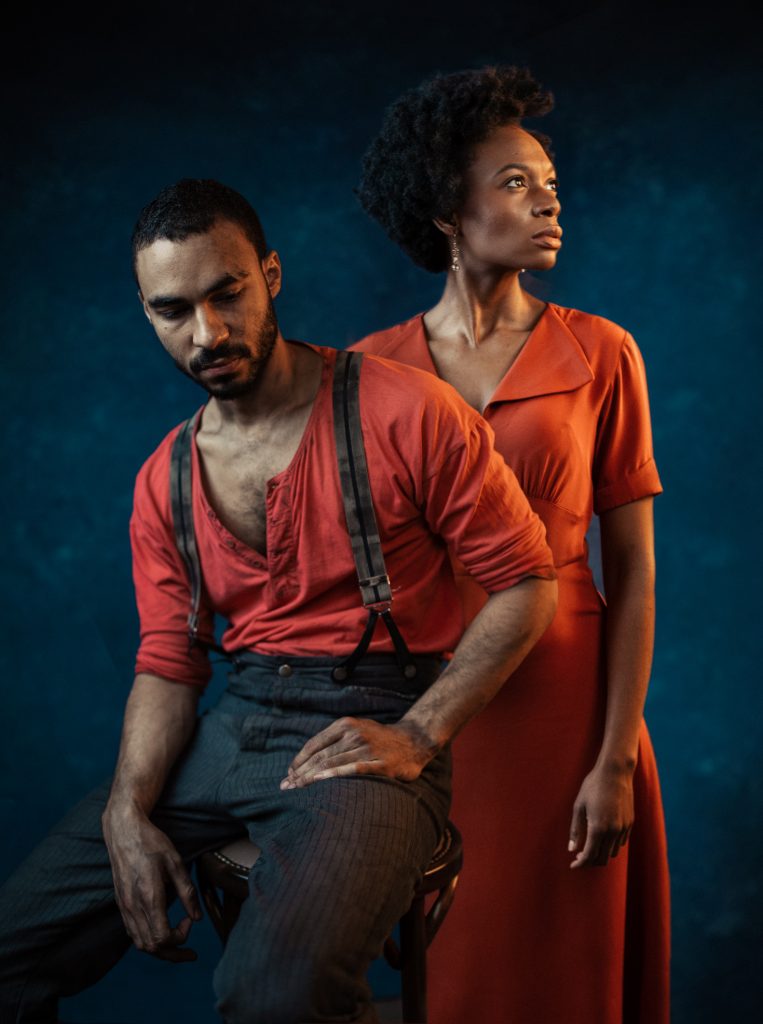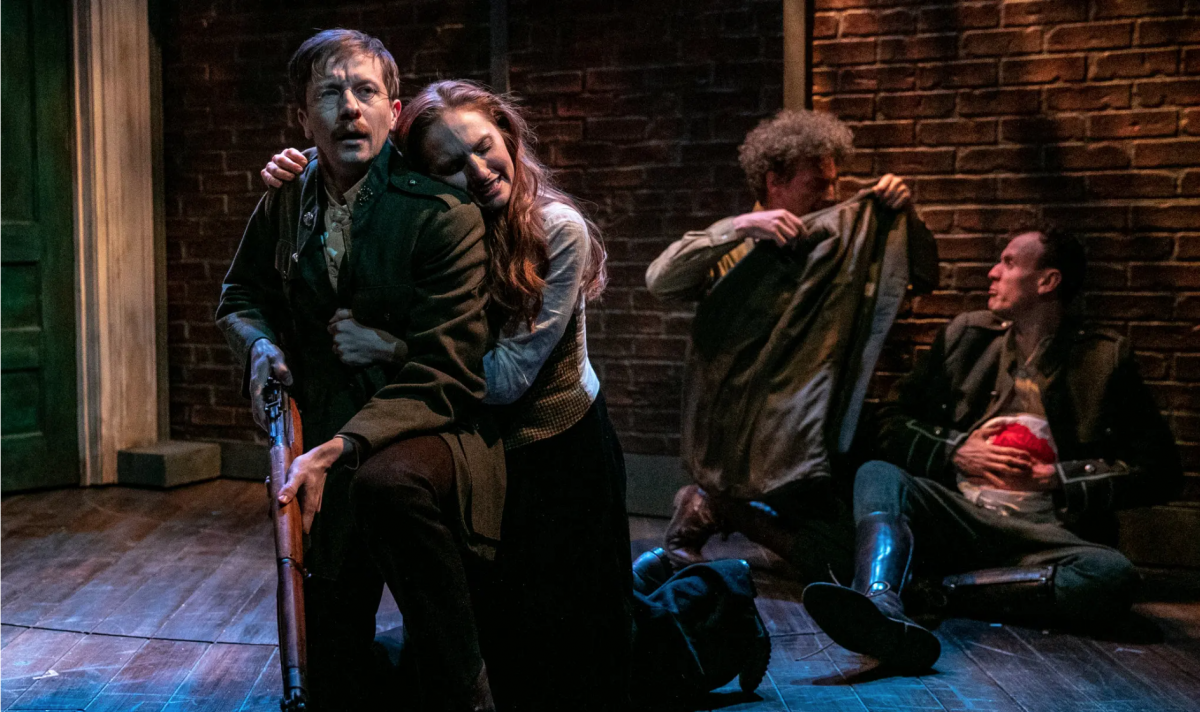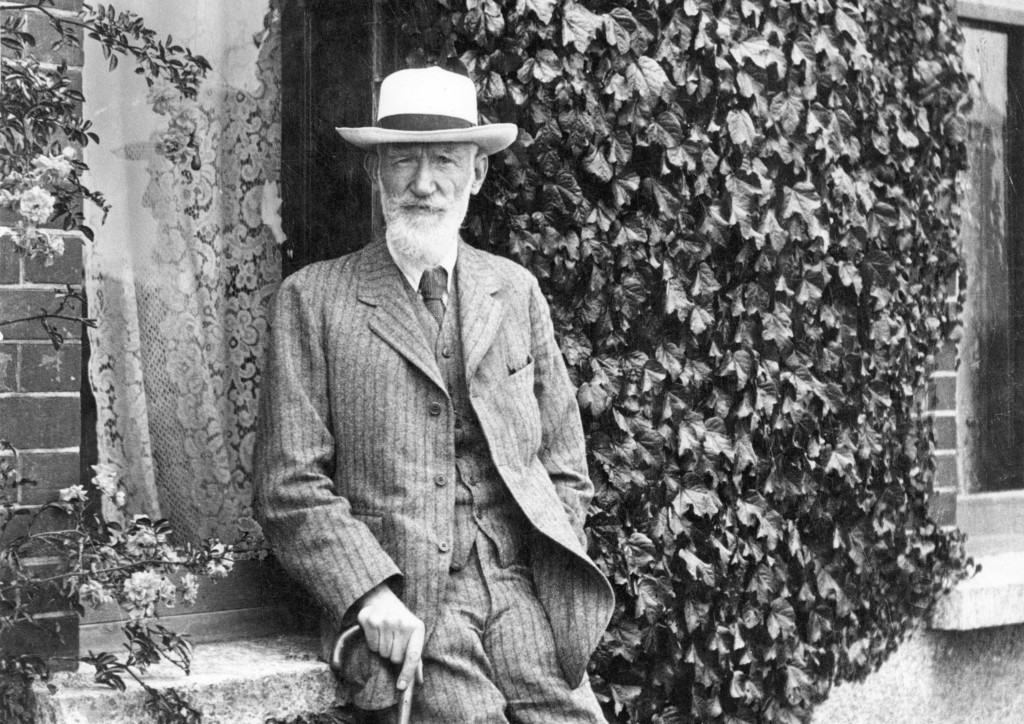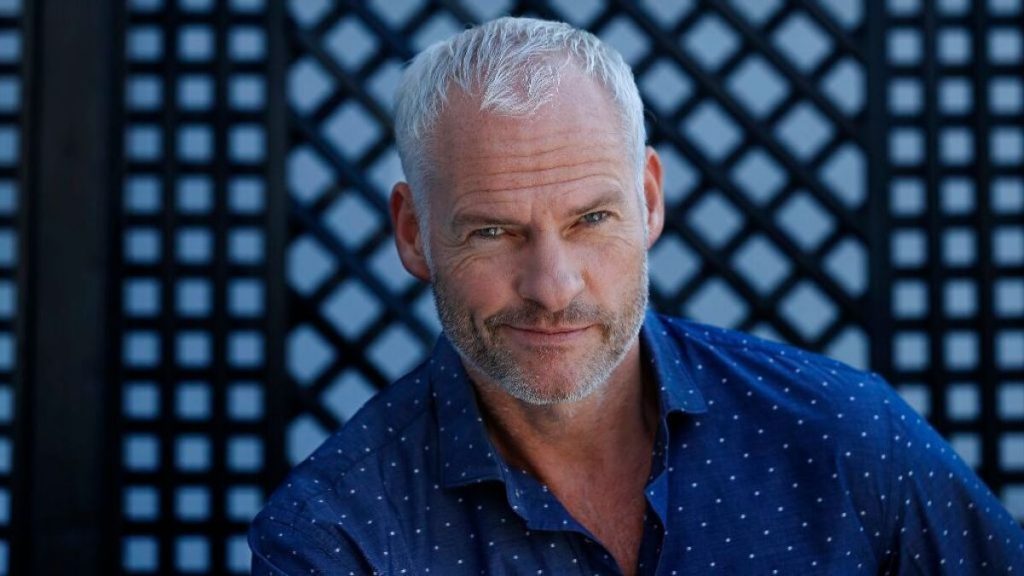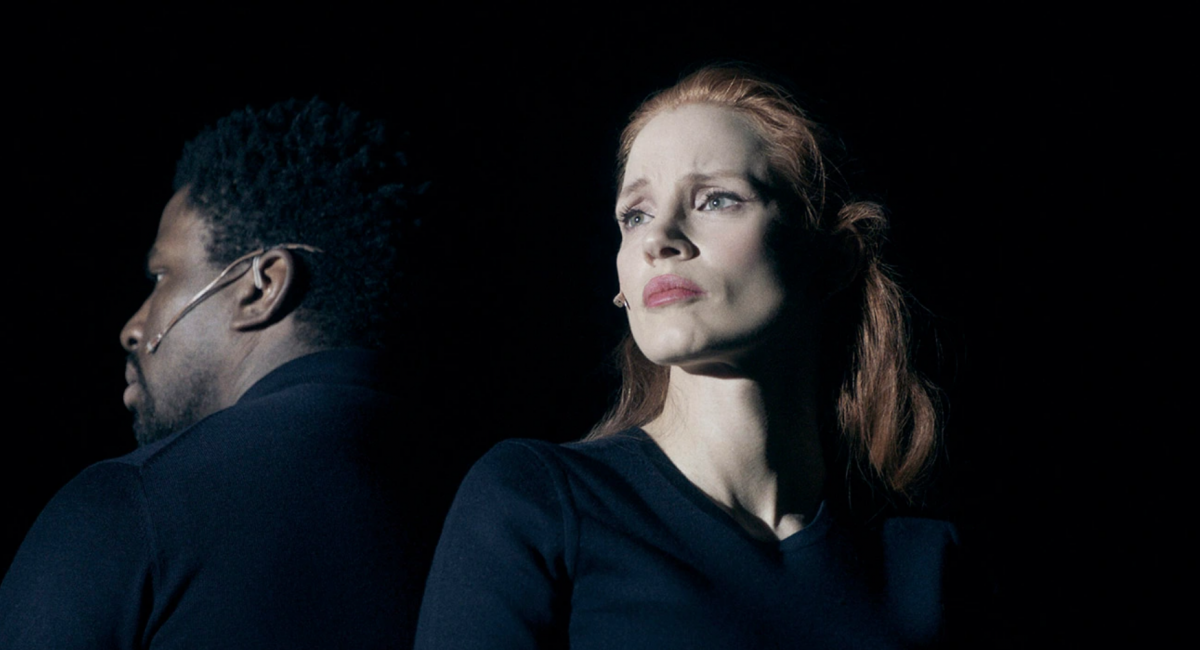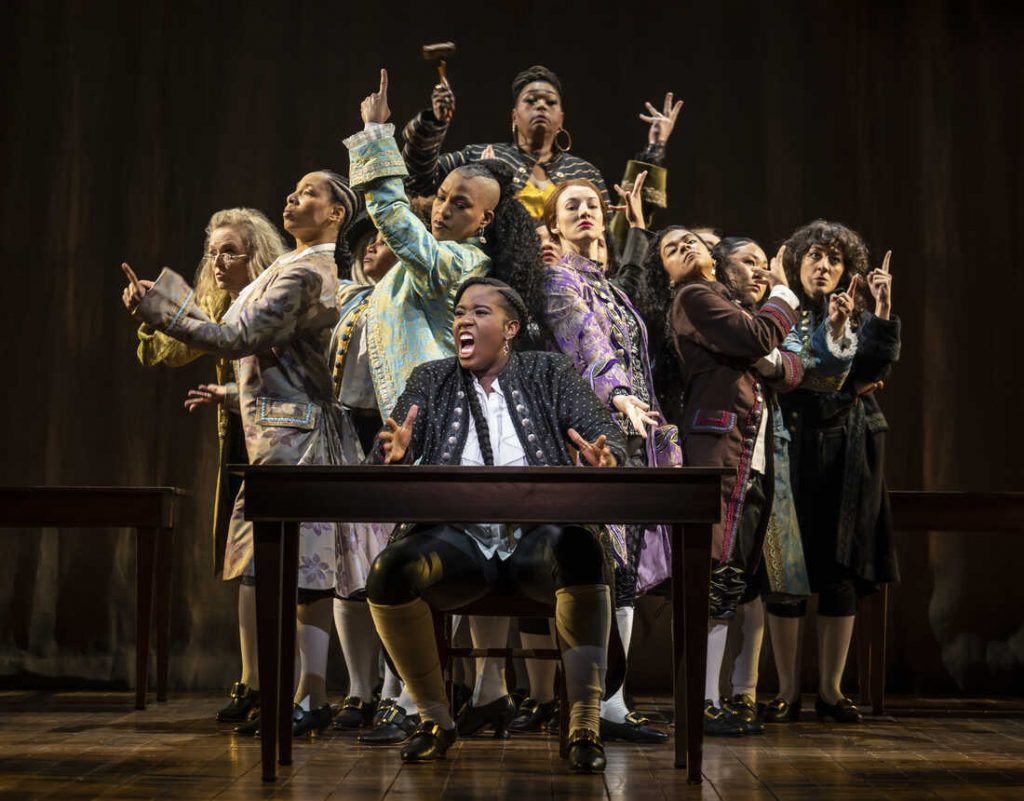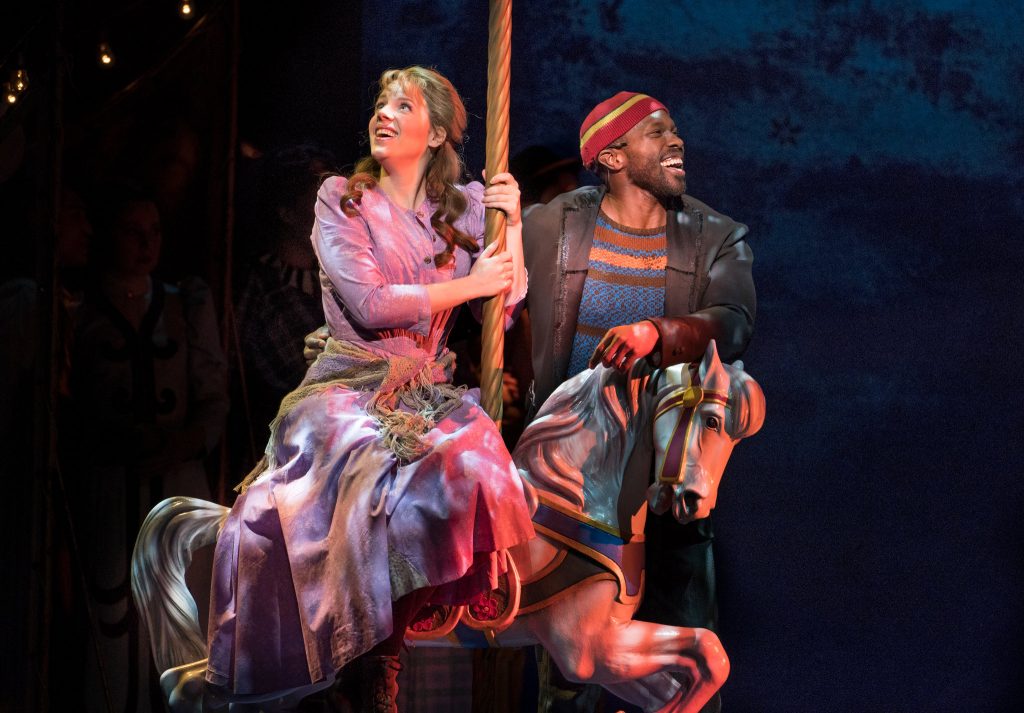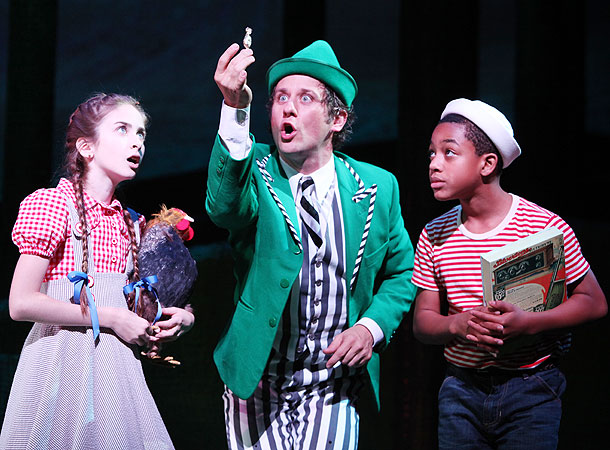By Jordan Levinson
Every year, the Laurence Olivier Awards are presented to honor excellence in professional London theatre. Given to shows and individuals on the West End, the Oliviers are considered the British equivalent of the Tony Awards. This year’s ceremony is set to take place on April 2 from Royal Albert Hall. Through the years, there have been several Olivier-winning musicals and plays that have transferred to Broadway.
The reigning Olivier winner for best new musical is Back to the Future, which brings the beloved 1985 film of the same name to stunning new life onstage. Amid a successful London run thus far at the Adelphi Theatre, the show will begin Broadway previews on June 30 and officially open August 3 at the Winter Garden Theatre. Original West End cast members Roger Bart and Hugh Coles will reprise their roles as Doc Brown and George McFly, and Casey Likes (Almost Famous) joins the New York company as protagonist Marty McFly. Back to the Future features a score by Alan Silvestri and Glen Ballard (which also incorporates “The Power of Love” and “Johnny B. Goode” from the film), book by Bob Gale, choreography by Chris Bailey, and direction by John Rando.
Composer Tim Minchin and librettist Dennis Kelly saw through the eyes of an extraordinary child when they adapted Roald Dahl’s novel and subsequent 1996 film Matilda for the West End stage in late 2011. Following much critical praise and smashing box office records at the Cambridge Theatre, the tuner won a then-record seven 2012 Olivier Awards, including best new musical. A Broadway transfer followed in the spring of 2013; cast members Lauren Ward and Bertie Carvel came over and were both nominated for Tonys as teacher Miss Honey and headmistress Miss Trunchbull, respectively. After a 4-year run at the Shubert Theatre — and with the West End production still running — a film adaptation of the musical was released by TriStar Pictures for the 2022 holiday season and is now available to stream on Netflix.
Billy Elliot also found great success as an onstage spectacle based on a film. With a moving story about a motherless boy who becomes a ballerina, and with a thrilling pop score by Sir Elton John and Lee Hall, it won the 2006 Olivier Award for best new musical. It played over a decade in London, whereas the subsequent Broadway production closed a hit after just three years at the Imperial Theatre and ten 2009 Tony wins, including best musical (Haydn Gwynne transferred with the production and received a nomination for playing ballet instructor Mrs. Wilkinson). Billy Elliot was filmed live for a proshot in 2014 from its West End home, the Victoria Palace Theatre, and it premiered on PBS’s “Great Performances” the following year.
During the height of the “British Invasion” of mega-musicals, three Andrew Lloyd Webber shows won Olivier gold and ended up finding similar success overseas. First came the Eva Perón cantata Evita, which, when it came to Broadway for the first time in 1979, became the first British musical to win the Tony for best musical. Following a 2012 revival, another remount — directed by Sammi Cannold — is aiming for Broadway in the upcoming season. 1981’s Cats — which set Lloyd Webber’s compositions to T.S. Eliot’s poems about the Jellicle tribe — ran for 18 years at the Winter Garden Theatre and became the longest-running musical in Broadway history at the time. That was bested by his 1986 Gothic melodrama The Phantom of the Opera, the black-and-white behemoth set to conclude its astounding 35-year New York run on April 16.
Broadway has also played host to many Olivier-winning musical revivals (the prize was known as “Outstanding Musical Production” from 1997 to 2007). The third-ever winner for best musical revival was 1993’s Carousel. Director Nicholas Hytner’s reimagined vision of the Rodgers and Hammerstein classic sold out its strictly limited London run before it transferred to Lincoln Center’s Vivian Beaumont Theater the following year. Notably, Enoch Snow and Carrie Pipperidge were cast as an interracial couple; Audra McDonald’s performance as the latter won her the first of her six Tonys to this day.
Five years later, Rodgers and Hammerstein’s Oklahoma! was given a darker side by director Trevor Nunn and choreographer Susan Stroman, and it was performed by an international cast. After winning several 1999 Oliviers, the attempt to transfer to Broadway with the entire London cast intact was thwarted by Actor’s Equity Association, which called for an all-American cast. The Broadway transfer came to fruition in 2002, but only with Josefina Gabrielle (as Laurie) and Shuler Hensley (as Jud Fry) making the move.
An intimate 2006 revival of Stephen Sondheim’s Sunday in the Park with George — starring Daniel Evans and Jenna Russell — marked its first such remount. Following a 5-win outing at the 2007 Oliviers, Roundabout Theatre Company brought it to New York, and it played Studio 54 for a limited run in 2008, which was extended three times.
Intimacy was also the key in the 2008 London revival of Jerry Herman’s La Cage aux Folles, where Douglas Hodge earned raves for playing the aging drag star of the titular nightclub. It was originally set for a limited engagement but became open-ended as it found success. Shortly after it closed in January 2010, it transferred to Broadway that spring, with Hodge intact; the production had also recruited Kelsey Grammer to play his husband. Both Hodge and the show itself won Oliviers and Tonys for actor in a musical and musical revival.
In 2018, Marianne Elliott staged a neon-heavy, highly inventive, partially gender-swapped production of Sondheim’s Company at the Gielgud Theatre, as the bachelor Bobby became a female character, and a same-sex couple was featured for the first time in the show’s history. On the heels of ecstatic reviews, a Broadway transfer began previews on March 2, 2020 and was set to officially open on March 22 — Sondheim’s 90th birthday — but it was pushed back because of the COVID shutdown. It finally resumed previews at the Bernard B. Jacobs Theatre on November 15, 2021, when Sondheim got to see it one final time before he died just over a week later. The production and featured actress Patti LuPone (who played the acerbic Joanne) won Oliviers and Tonys.
Interestingly, Broadway has seen many more Olivier-winning plays make their way to the United States. With that comes a fascinating recent trend: as of this writing, every best new play winner since 2015 has eventually transferred to Broadway. These include King Charles III, Hangmen, Harry Potter and the Cursed Child, The Ferryman, The Inheritance, Leopoldstadt, and Life of Pi. If Prima Facie takes home top honors on April 2, the streak will continue (New York previews begin at the Golden Theatre on April 11 before an April 23 opening).
2010 and 2011 victors The Mountaintop and Clybourne Park both arrived on Broadway in the 2011-12 season, with the latter finding more success by winning best play at the 2012 Tonys. Murder mystery The Curious Incident of the Dog in the Night-Time — also directed by Elliott — won London’s big prize in 2013 before transferring to Broadway the following year and setting up a dominant 2015 Tony night. Other notable Olivier-winning new play transfers from years past include The History Boys (starring a then-lesser-known James Corden), The Pillowman, Vincent in Brixton, Betrayal, Les Liaisons Dangereuses, and Arcadia.
Olivier-winning play revivals have also found Broadway homes, though these occurrences have been far less common than new plays (partially because the Play Revival category at the Oliviers did not exist from 1996-2002). A 1992 National Theatre production of An Inspector Calls — in which director Stephen Daldry referenced the post-World War II era, as well as the play’s pre-World War I setting to make it more politically relevant — transferred to the Royale Theatre (now the Jacobs) in the spring of 1994 and won top honors overseas as well.
Ivo van Hove directed a 2014 minimalist revival of Arthur Miller’s A View from the Bridge at the Old Vic, stripping the play down to its bare structure. The entire London cast — led by Olivier winner Mark Strong — transferred with the production for a fall 2015 New York staging at the Lyceum Theatre, and the show and van Hove won Tonys and Oliviers for emphasizing the emotional upheaval of Miller’s work.
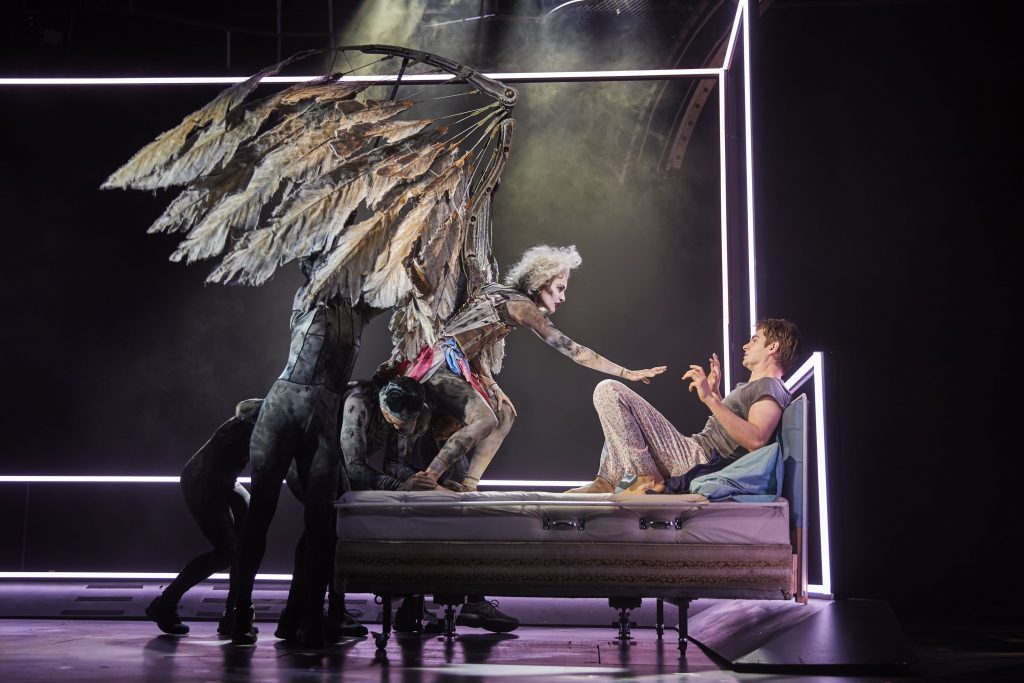
Finally, another game-changing Elliott revival won raves in both London and New York, as she reimagined Tony Kushner’s AIDS crisis masterwork Angels in America for the 21st century. The star-studded, much-acclaimed event was led by film and TV actors Andrew Garfield and Nathan Lane, who both made the transfer (and won Tonys, along with the revival). After being nominated for six 2017 Oliviers, winning for Play Revival, the 2018 Broadway iteration at the Neil Simon Theatre received eleven of them, the most ever nominations by any play at the time.
